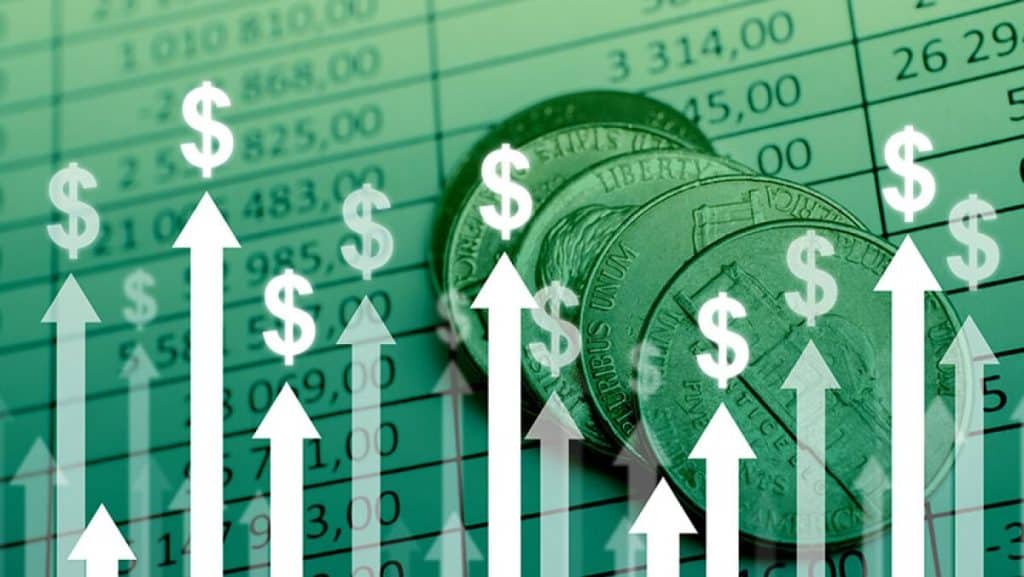
Despite a year’s worth of interest rate increases, inflation rose again in March, according to economic data released Friday that the Federal Reserve watches closely.
The personal consumption expenditures price index excluding food and energy increased 0.3% for the month, in line with the Dow Jones estimate. On an annual basis, so-called core PCE increased 4.6%, slightly higher than the expectation for 4.5% and down 0.1 percentage point from February.
Including the volatile food and energy components, headline PCE also rose just 0.1% for the month, equating to a 4.2% annual increase, down sharply from 5.1% in February. That measure peaked out around 7% in June 2022, the highest level since December 1981.
The headline number was softer as energy prices slid 3.7% for the month while food costs declined 0.2%. Goods prices fell 0.2% while services increased 0.2%.
In another key inflation measure for the Fed, the employment cost index increased 1.2% for the first quarter, higher than the 1% estimate.
The inflationary pressures were reflected in the willingness of consumers to keep spending. Personal income rose 0.3% for the month but consumer spending was flat, as expected.
While the annual rates are below the peaks hit in 2022, they are still well above the central bank’s 2% target and further evidence that price increases are proving stickier than policymakers had anticipated.
Since March 2022, the Fed has raised its benchmark interest rate nine times for a total of 4.75 percentage points. Markets widely expect the rate-setting Federal Open Market Committee to approve another quarter percentage point increase at next week’s meeting, before it pivots to see the impact the policy tightening is having on the $26.5 trillion U.S. economy.
























